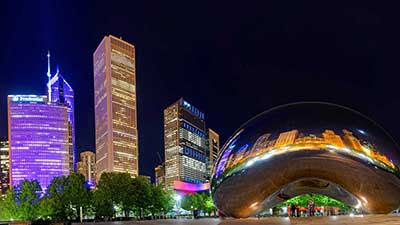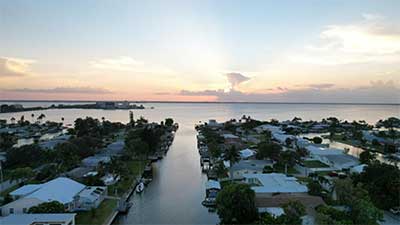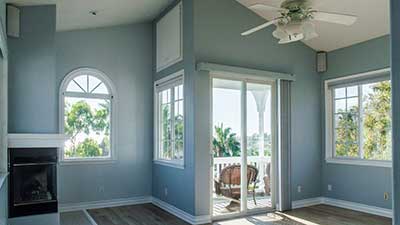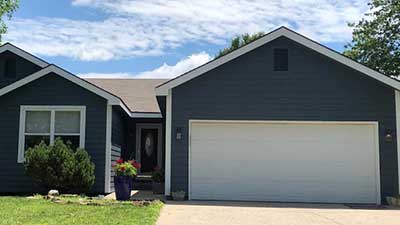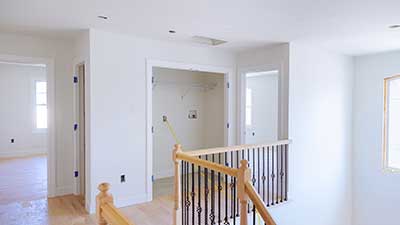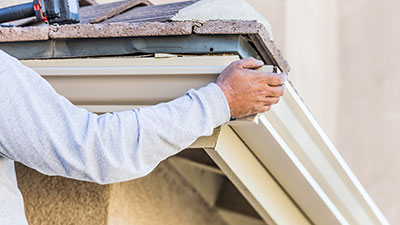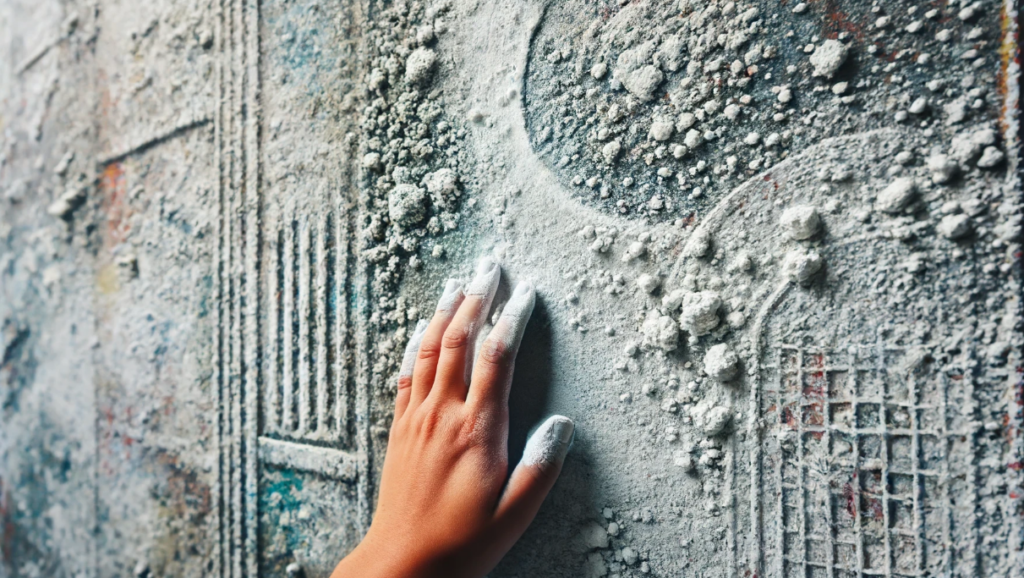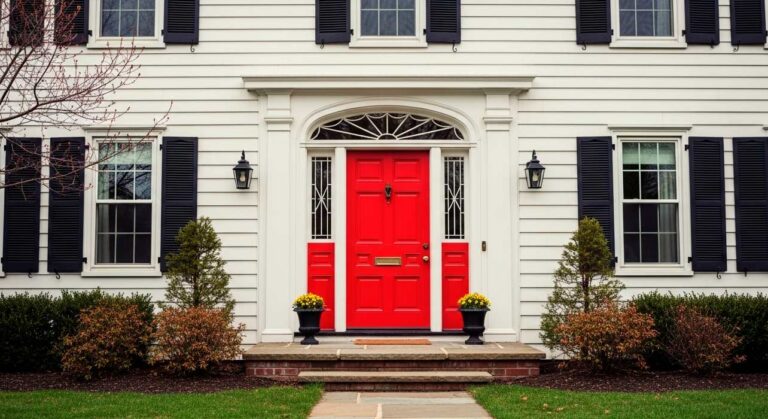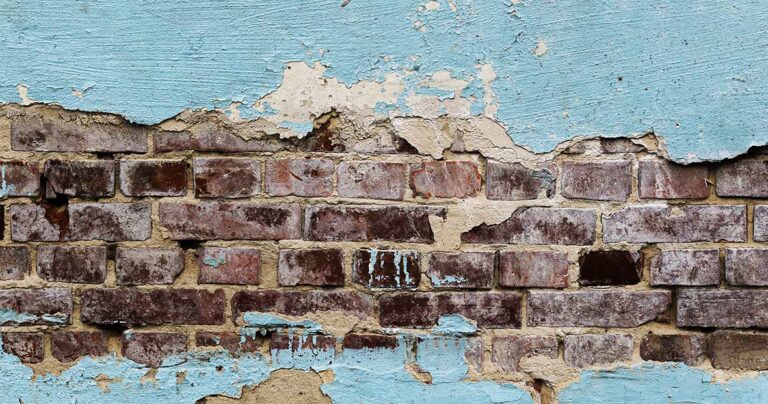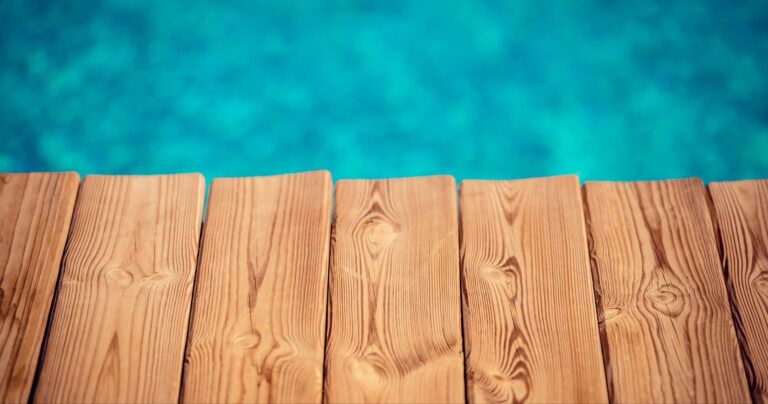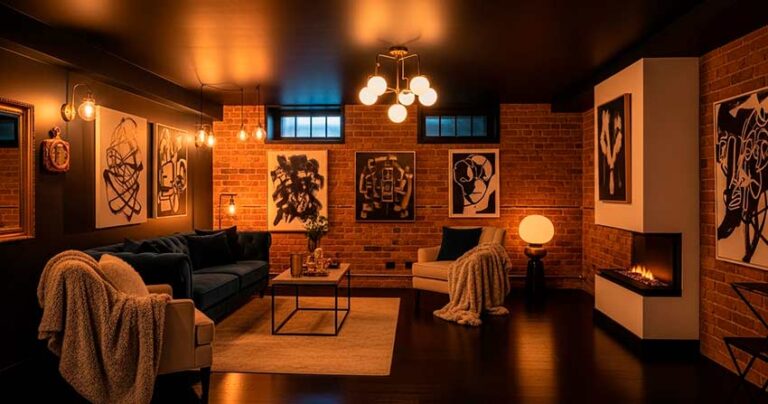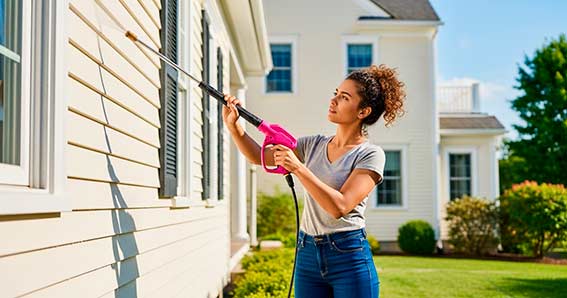Paint chalking is a natural degradation process that affects the paint film on exterior surfaces. Over time, sunlight and moisture exposure cause the paint’s binding agents to break down, leaving a loose, powdery residue behind. This is especially common with oil-based paints and lower-grade, heavily pigmented products. While some chalking is normal as paint ages, excessive chalking can lead to significant color fading and may mean you’ll need to repaint sooner than expected.
Key Takeaways
- Pick high-quality paint to help keep chalking paint at bay and ensure your surfaces look great for longer.
- Prep your surface right by always prepping and priming a porous or newly painted surface to make sure the paint sticks well and lasts.
- Watch the weather because environmental factors like UV exposure, humidity, and salt can speed up chalking, so paint when conditions are just right.
- Spot the signs early by keeping an eye out for chalk remains on your paint surface to catch and fix chalking issues before they get worse.
- Keep it ventilated indoors since good ventilation prevents chalking paint on interior surfaces by reducing humidity and helping the paint dry properly.
- Regular check-ups are key, so regularly inspect your painted surfaces for any signs of wear and tear, and be ready to clean and repaint to keep them looking sharp.
Spotting Paint Chalking: Common Symptoms and Signs
The easiest way to identify paint chalking is by looking for a powdery residue that wipes off easily with a finger or dark cloth. Severe chalking leaves so much residue that it can stain clothing or leave a visible mark on your hand after touching the surface. Moderate chalking might just appear as a light dusting, indicating the early stages of paint breakdown.
Chalking vs. Other Paint Issues: Know the Difference
Chalking isn’t the same as peeling or blistering. Peeling involves the paint film detaching from the surface in strips or flakes, while chalking leaves a powdery film without any separation of the paint layer. Blistering, which results in bubbles under the paint, is due to moisture or other factors and isn’t characteristic of chalking. It’s also important to distinguish chalking from efflorescence, a crystalline residue from water moving through masonry and carrying salts to the surface, which sparkles under light unlike the dull powder of chalking.
Environmental Factors and Paint Chalking
Environmental elements play a significant role in paint chalking. Extended exposure to these factors can break down the paint’s chemical structure, leading to a powdery surface.
Sun Exposure
UV rays from the sun are a primary culprit in causing paint to chalk. UV radiation deteriorates the binder in the paint, releasing pigment particles that appear as chalk.
Weathering and Rain
Regular exposure to rain and varying temperatures causes the paint film to expand and contract. Over time, this stress breaks down paint components, enhancing the chalking effect.
Coastal Environments and Salt Exposure
In coastal areas, salt and moisture in the air are particularly harsh on painted surfaces. Salt speeds up the degradation of the paint film, increasing the likelihood and intensity of chalking.
Low-Quality Paint and Chalking Issues
The quality of the paint itself greatly influences its tendency to chalk. The formulation and quality of the ingredients directly impact the durability and longevity of the paint film.
Low-Quality Paints
Paints formulated with inferior binders and high levels of fillers tend to chalk more because they lack the robustness to withstand environmental stressors.
Inorganic Pigments
The type of pigment used in the paint also affects chalking. Paints with inorganic pigments generally exhibit less chalking as these pigments are more stable and resistant to UV light compared to organic pigments.
Insufficient Pigment Volume Concentration (PVC)
If the paint has a low PVC, it means there isn’t enough binder to adequately hold the pigment particles together. As the binder degrades over time, these particles become loose, manifesting as chalk on the surface.
Interior Paint Chalking
Interior paint chalking usually happens when low-quality paint is used or when a porous surface isn’t prepped right. Indoors, chalking often occurs because of poor priming, leaving the paint struggling to adhere to the entire surface. This can lead to a chalky residue on the paint surface, especially on newly painted surfaces. Heavy chalking indoors can also result from poor ventilation and high humidity, which speed up the breakdown of the paint’s binding agents. To fix paint chalking on interior surfaces, make sure to clean the surface thoroughly and use high-quality paint with proper priming.
Application Issues That Can Cause Paint Chalking
How paint is applied can significantly dictate its performance and propensity to chalk. Improper application techniques compromise the paint’s integrity from the outset.
Incorrect Application Techniques
Applying paint too thinly or excessively thinning it reduces its protective capabilities. A thinly applied coat is less effective at shielding the underlying surface and is more prone to premature chalking.
Lack of Proper Priming
Priming is crucial, especially for porous surfaces, to ensure that the paint adheres well and has a uniform surface to bond to. Skipping this step can lead to insufficient paint adhesion and increased susceptibility to chalking.
Painting Over Contaminated Surfaces
If paint is applied over a surface that is not properly cleaned of oils, dirt, or previous loose paint, the new paint layer may not adhere properly. This weak adhesion can lead to accelerated chalking as the paint loses its integrity more quickly.
Negative Effects of Chalking Paint
How Chalking Paint Affects Your Home’s Curb Appeal
Chalking can significantly detract from the visual appeal of a painted surface. Over time, the once vibrant colors of a building or structure can appear dull and uneven due to the emergence of a chalky film. As the binder in the paint degrades and releases pigment particles, the intense and vivid hues of the paint diminish, leading to a faded appearance that is less aesthetically pleasing.
Beyond Just the Paint Film
Chalking indicates deeper structural issues within the paint film, which can compromise the protective qualities of the paint. As chalking progresses, the integrity of the paint film is compromised. This degradation can expose the underlying materials, such as wood or metal, to environmental elements. Paint acts as a barrier against moisture, UV rays, and pollutants. Chalking weakens this barrier, leaving the substrate vulnerable to damage, which can lead to costly repairs or replacements.
Long-Term Side Effects of Paint Chalking
The long-term implications of paint chalking extend beyond immediate repairs, influencing maintenance schedules and the overall lifespan of the paint job. To restore appearance and protection, surfaces affected by severe chalking often require more frequent cleaning, and ultimately, repainting. This not only increases the maintenance costs but also the labor involved in keeping the property in good condition.
How to Prevent Paint Chalking
Choosing High Quality Paint
Selecting the appropriate paint is crucial in minimizing the occurrence of chalking, ensuring both aesthetic appeal and structural integrity are maintained over time. High-quality paints contain better binders and pigments, which provide enhanced adhesion and resistance to UV light and moisture, thus reducing the rate of chalking. These paints maintain their color and finish longer than lower-quality alternatives. Water-based paints, particularly those with acrylic binders, are less prone to UV damage and generally exhibit less chalking compared to oil-based paints. They are also easier to apply, dry faster, and have lower volatile organic compound (VOC) emissions, making them a more environmentally friendly option.
Proper Application Techniques
Correct application is key to the longevity of paint performance and its resistance to chalking. Applying a primer is essential, especially on porous surfaces, to ensure a uniform and adherent base for the topcoat. This prevents the paint from soaking into the substrate and provides a solid foundation that enhances the paint’s durability and appearance. Paint should be applied under suitable weather conditions—ideally in mild temperatures with low humidity—to ensure proper drying and adhesion. Avoid painting in extreme heat or direct sunlight, as this can accelerate the degradation of the paint’s components and lead to chalking.
Conclusion
Keeping your paint looking great and lasting long means understanding and preventing paint chalking. When chalking occurs, it doesn’t just make your newly painted surface look bad; it can also mean bigger problems for the paint’s integrity. Whether it’s because of low-quality paint, skipping the primer, or environmental factors, chalking paint needs the right approach in both picking and applying the product. Always go for quality paint and make sure the surface is properly prepped and primed. This way, your paint surface stays vibrant and durable, saving you time and hassle down the road.

